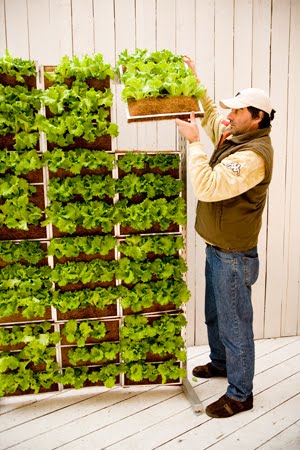
Working a piece at a time, I cut back the invaders and covered the floor with a number of sheets of damp cardboard, with soil and pulled weeds between the layers to assist preserve moisture. After a few months under cardboard, the wild things had been weakened to the point where I could dig them out. If you haven’t had a soil test carried out on your garden soil but still wish to fertilize, apply small amounts of a nitrogen fertilizer several instances during the rising season. Prior to planting, unfold fertilizer over the rising space and incorporate it into the soil with a rototiller, spade or garden rake. Apply as much as half pound of nitrogen per 1,000 sq. toes for this software. This fertilizer should only comprise nitrogen and no or minimal amounts of phosphorus, potassium and different vitamins.
Now it’s time to determine how a lot house the backyard should take up, and where to position vegetable crops. Different vegetable plants require completely different amounts of space.
Once you have your chosen vegetables, determine if you will start seeds indoors or outside. Starting indoors will provide you with a jumpstart on the season, but some vegetation require a direct sow, meaning they should be planted right into the backyard. Bulk vegetable seeds are an effective way to buy high quality vegetable seeds at a low cost. Planting instances vary relying on the region you are in. Please examine along with your native extension companies as to one of the best planting times for your space. I add mulch usually twice a year after I plant and the plants have grown a bit. If your soil holds on to moisture, you might not have to.

Water beds deeply every time you water and then water once more when the top inch or two dries out. It looks as if once temps are persistently over 100°F and nighttime temps are hot is when I should water more. Vegetable crops grow finest in soils with a pH of 6.5-6.8.